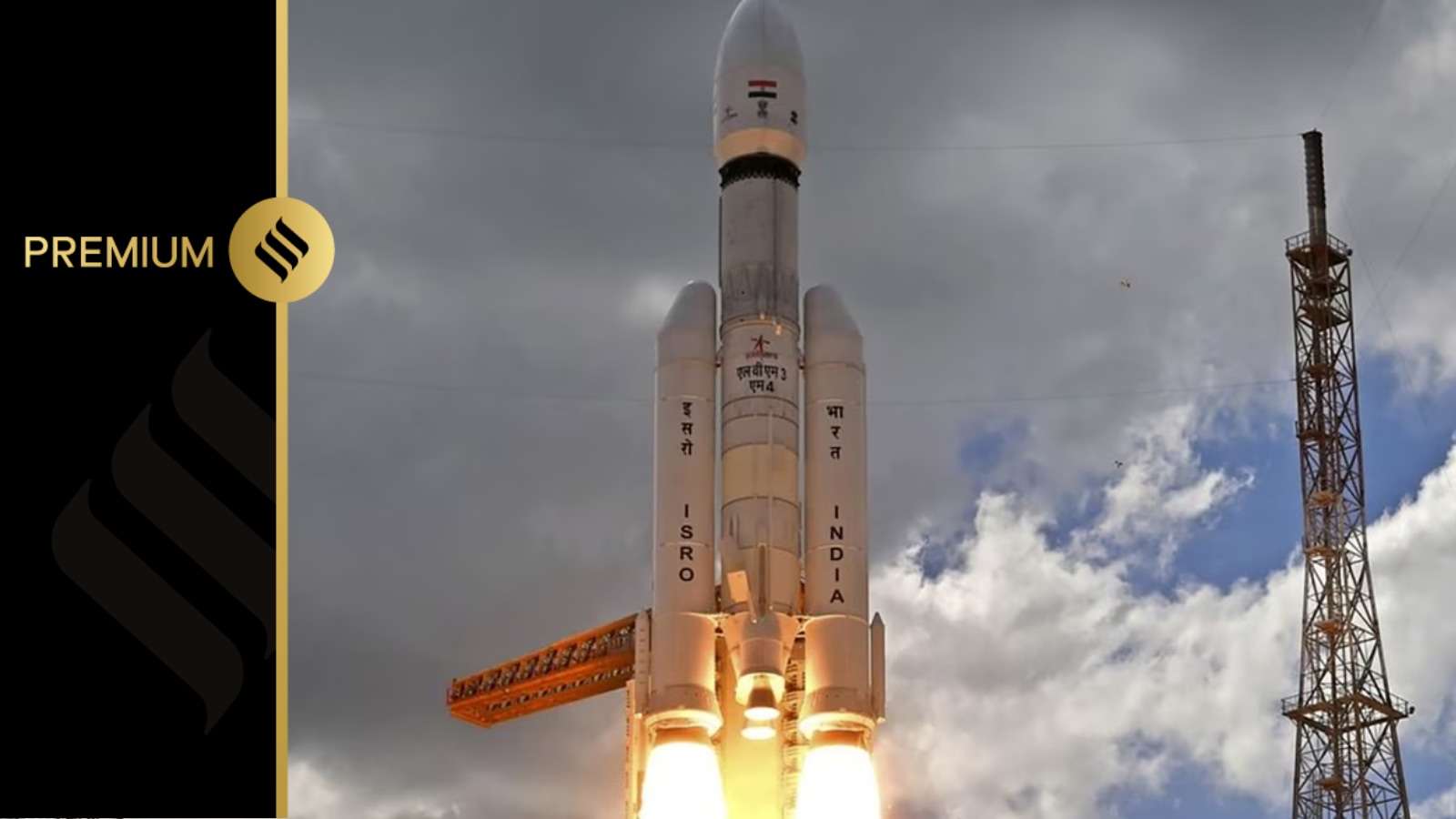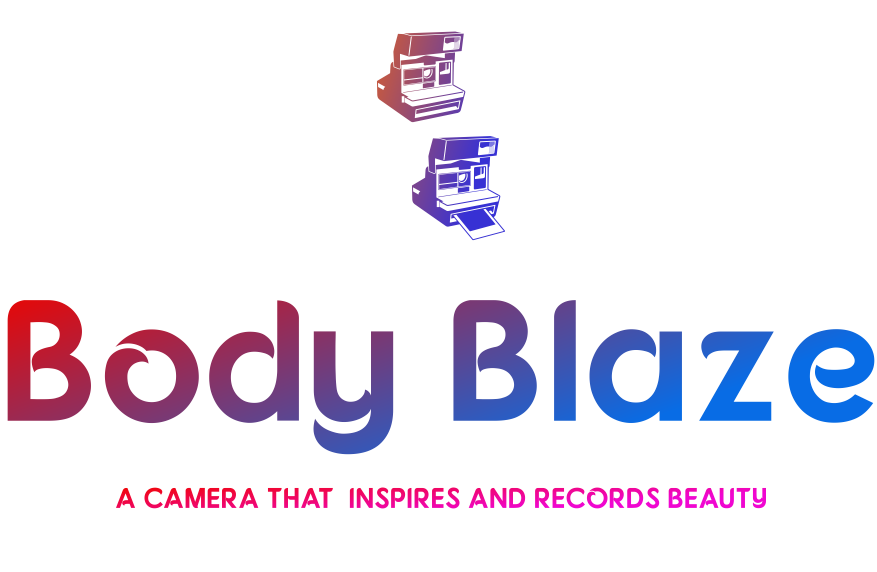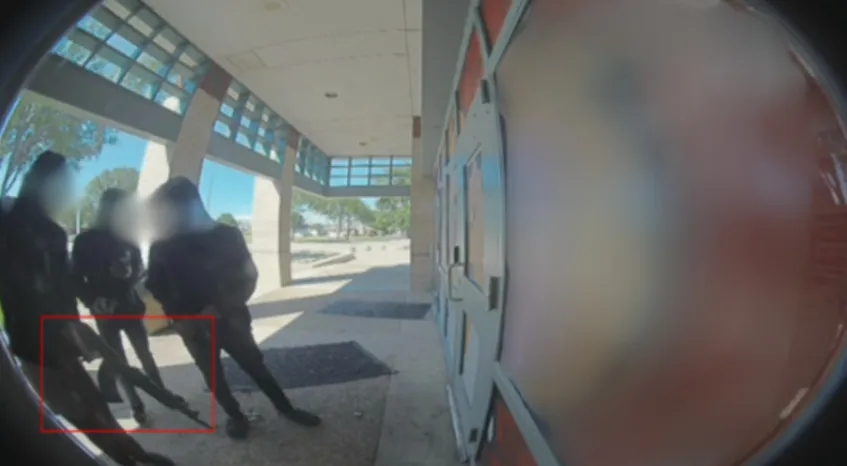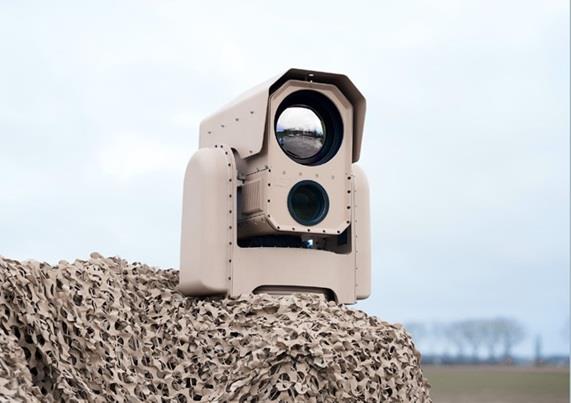
Can the software used for Chandrayaan-3 landing be used to prevent your car from colliding? Can the technology from a camera developed for navigation in space be used to count people in heavily crowded places? Can the anti-corrosive paints developed in Indian Space Research Organisation (ISRO) laboratories be utilised to protect your roof?
The Indian National Space Promotion and Authorization Centre (IN-SPACe), an independent body under the Department of Space to regulate and promote private space industry in India, has identified at least 166 technologies developed for various ISRO missions that can be shared with industry to be utilised for other purposes.
While some materials and sensors are already being utilised by space start-ups in their own launch vehicles or satellites, several technologies have been offered to industries like automotive and construction.
“All these technologies have been developed by ISRO for its own utilisation, whether in launch vehicles or satellites. Now, they can be used in other fields. For example, the camera, software and algorithms used for Chandrayaan-3 landing can be used by the automotive industry to prevent collisions. Or the pressure sensors that are used to keep a check on propellants during a launch can be used to determine when airbags should open,” Rajeev Jyoti, director, technical directorate, IN-SPACe, tells The Indian Express.
So far, 79 memorandums of understanding — all non-exclusive — have been signed with private companies for transfer of such technology. Since all these agreements are non-exclusive, this technology can be shared with multiple companies, though ISRO continues to hold the intellectual property rights.
Over the years, space exploration has led to the development of technologies that have improved daily lives. Daily-use items like cell phone cameras, air purifiers, memory foam mattresses or reflective blankets used in emergencies all came from research by the United States-based National Aeronautics and Space Administration (NASA) for its own missions.
While IN-SPACe recently showcased its technologies to the automotive industry, director Jyoti says several other industries, like construction, logistics and electrical, could benefit from their use too.
Story continues below this ad
One of the technologies on offer is the 3D LiDAR (Light Imaging Detection and Ranging) camera, developed by the Space Application Centre for navigation in space. The camera generates a 3D image with information on the depth of various objects in the frame. The camera provides this information by correlating the light reflected from these objects.
This technology could have multiple uses, including detection and counting of people in heavily crowded places like markets, measurement of parcels before they are posted, near-terrain flight assistance for helicopters and hazard or pedestrian detection to avoid collisions.
In the field of healthcare, body measurements, like waist and hip size, done using the 3D LiDAR camera could be used to predict the risk of lifestyle diseases. This technology may also have an impact in the field of home devices, including gesture recognition in mobile phones, televisions or gaming platforms.
The space agency will also transfer its technology on developing cost-effective lithium-ion (li-ion) batteries. It will help in greening the transportation systems as li-ion batteries are essential for upcoming sectors like electric vehicles.
Story continues below this ad
Also on offer is the space agency’s technology on vibration management systems, which was developed to protect the delicate electronic and optical systems on satellites from vibrations, shock and noise that they experience on their journey, especially during a take-off. Besides its possible applications in seismic isolation, a technique that enables buildings and other structures to remain safe during an earthquake, vibration management systems could also have applications in air, road, and sea transportation.
Then, there are several paints, coatings and polymers developed by ISRO. For example, NRCM-204 is a highly corrosion-resistant coating. Unlike conventional coatings that cannot withstand such a corrosive environment, NRCM-204 can protect metals and composites from almost all types of corrosion, including by various acids.
ISRO’s Benzoxazine polymer can be used for encapsulation in electronics or for printed circuit boards. Easily processable, this polymer remains stable in different temperatures and is a good flame retardant.
“These technologies have either been provided to space start-ups to use as they are or to other industries to be adapted for their own applications. The companies are selected on the basis of their technology absorption capability. If we look at the automotive industry alone, most sensors are currently procured from other countries. While ISRO has developed niche sensors that are not produced at high volumes, production and scaling up within the country will definitely lead to multifold reduction in prices of these sensors eventually,” says IN-SPACe’s Jyoti.
link








